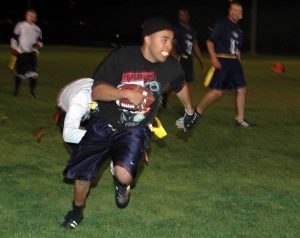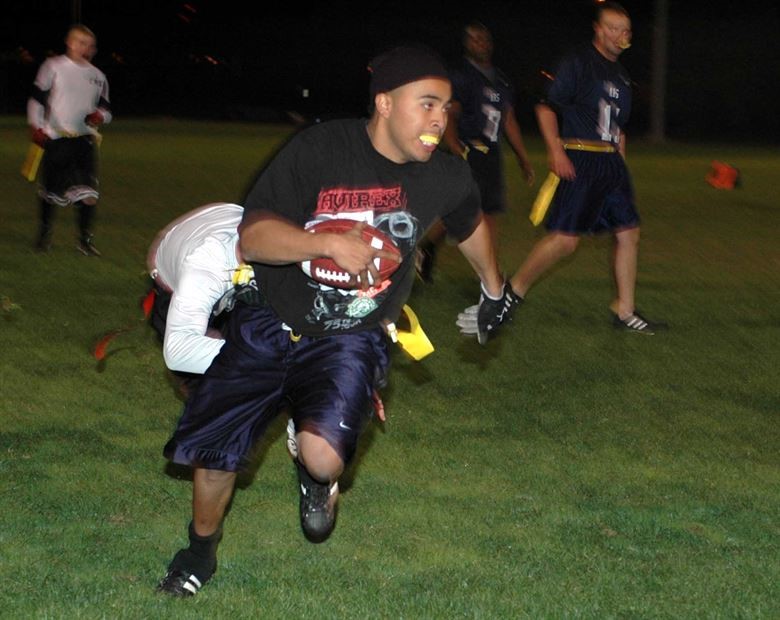If you play rugby, you’ll appreciate that having good balance is important to keep you upright and stable. It may even improve your performance on the pitch, help you dodge your opponents better, run faster and reduce the risk of injuries.

Balance defined

Image Credit
Balance refers to keeping your gravity centred over your support base. It can be dynamic or static, and it involves the vestibular system, visual system and somatosensory system working together. Some people are naturally good at retaining their balance, but, it’s a skill that can be learned.
According to WebMD balance training involves doing exercises that strengthen the muscles that keep you upright, including your legs and core. These exercises improve stability and prevent falls.
Balance training tips
Experts reckon that rugby players can benefit from balance training, particularly during the off-season. It should be carried out separately from other forms of training, such as strength training. Exercises can be simple, such as standing on one leg or more challenging, like advanced yoga poses. Balance training can be done using equipment. You might also benefit from watching rugby training drills that focus on balance, such as those from https://www.sportplan.net/drills/rugby.
Exercises to try
If you’d like to give balance training a go, there are plenty of different options to choose. Rugby players will benefit from the following activities to hone their balance skills.
Standing on one leg
An easy yet effective way to improve your balance is to stand on one leg for up to a minute before changing sides. The beauty of this is that it can be done anywhere.
To make things harder, lift a light dumbbell in the opposite hand to your standing leg, and press the weight overhead. Carry out 15 reps and repeat on the other side. This is known as the stork press.
Jumping
Learning how to correct your balance is important and this exercise teaches you to do just that. All you need to do is jump and then attempt to land perfectly, without wobbling or moving. Once you’ve mastered this, jump in different directions.
Slacklining
Slacklines are wide tightropes that are low to the ground. They’re less rigid compared to normal tightropes so are suitable for beginners. As well as improving your balance, these specialist tightropes score highly for honing the core and stabiliser muscles.
